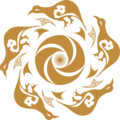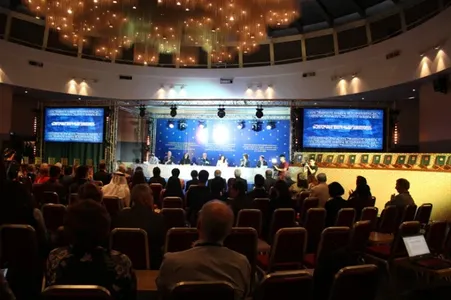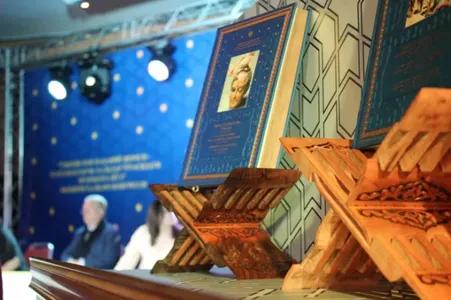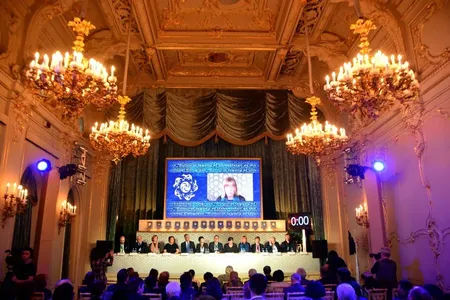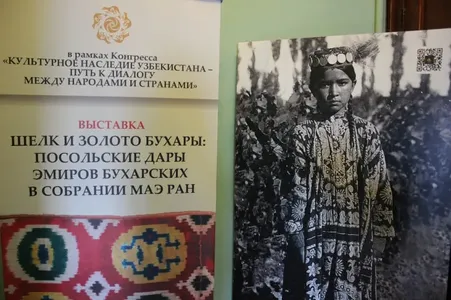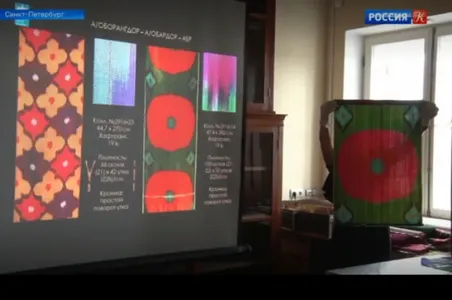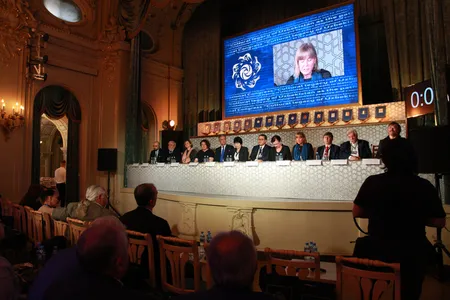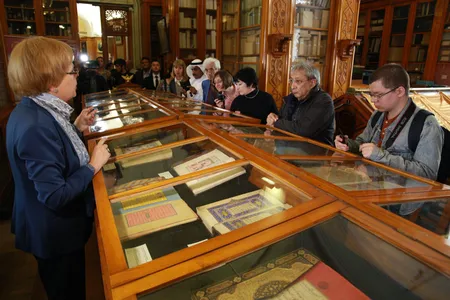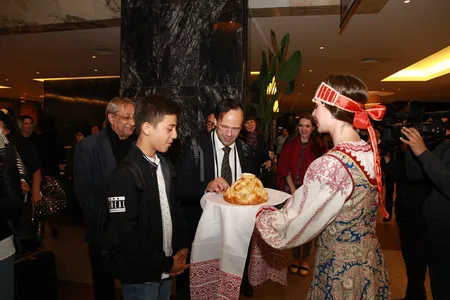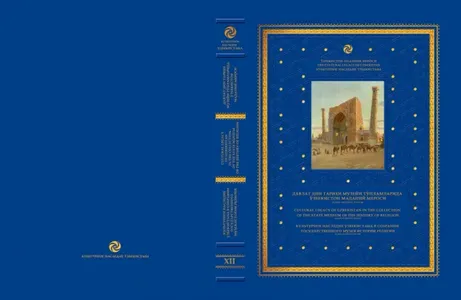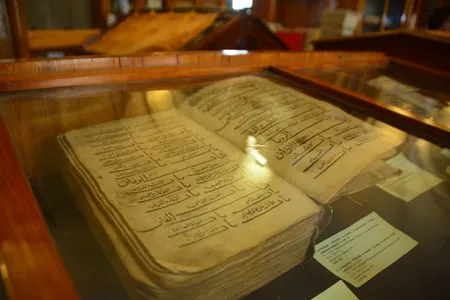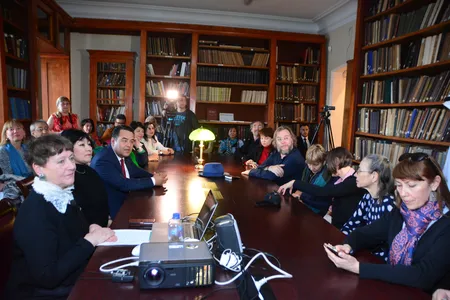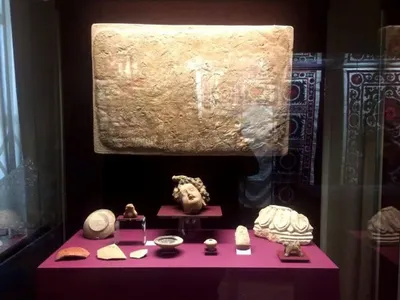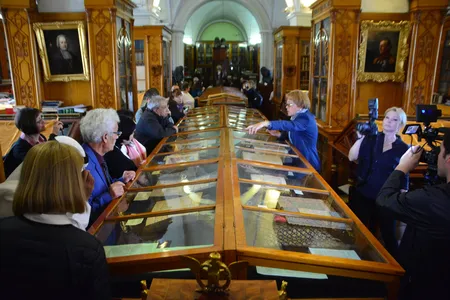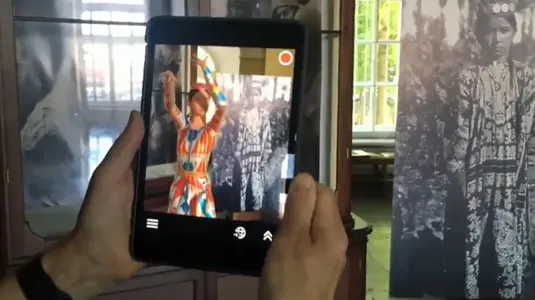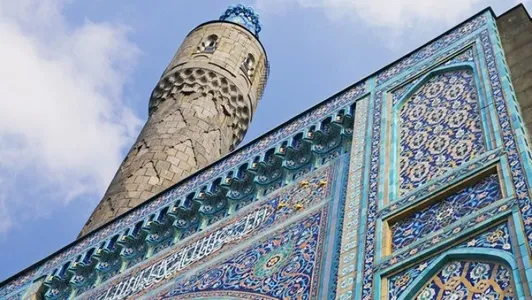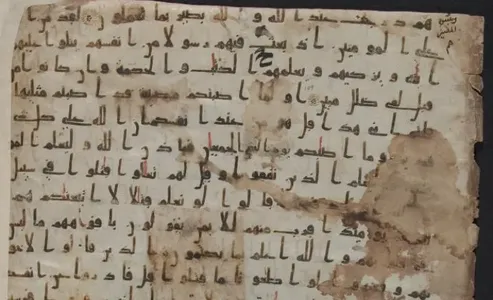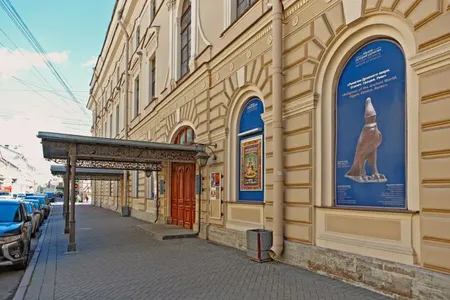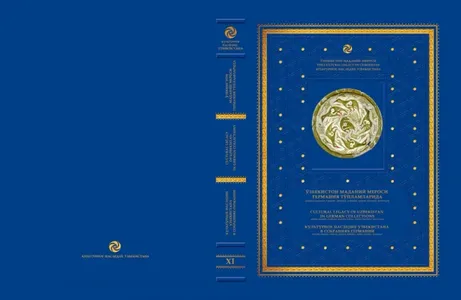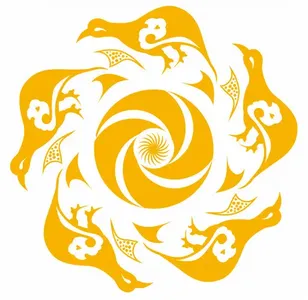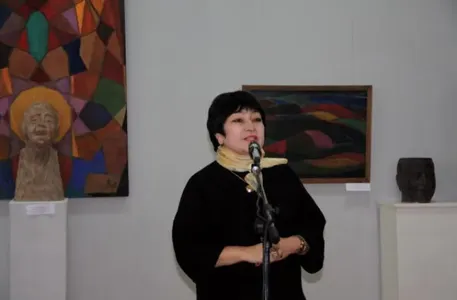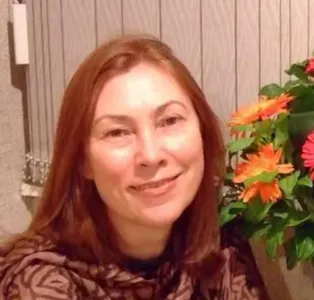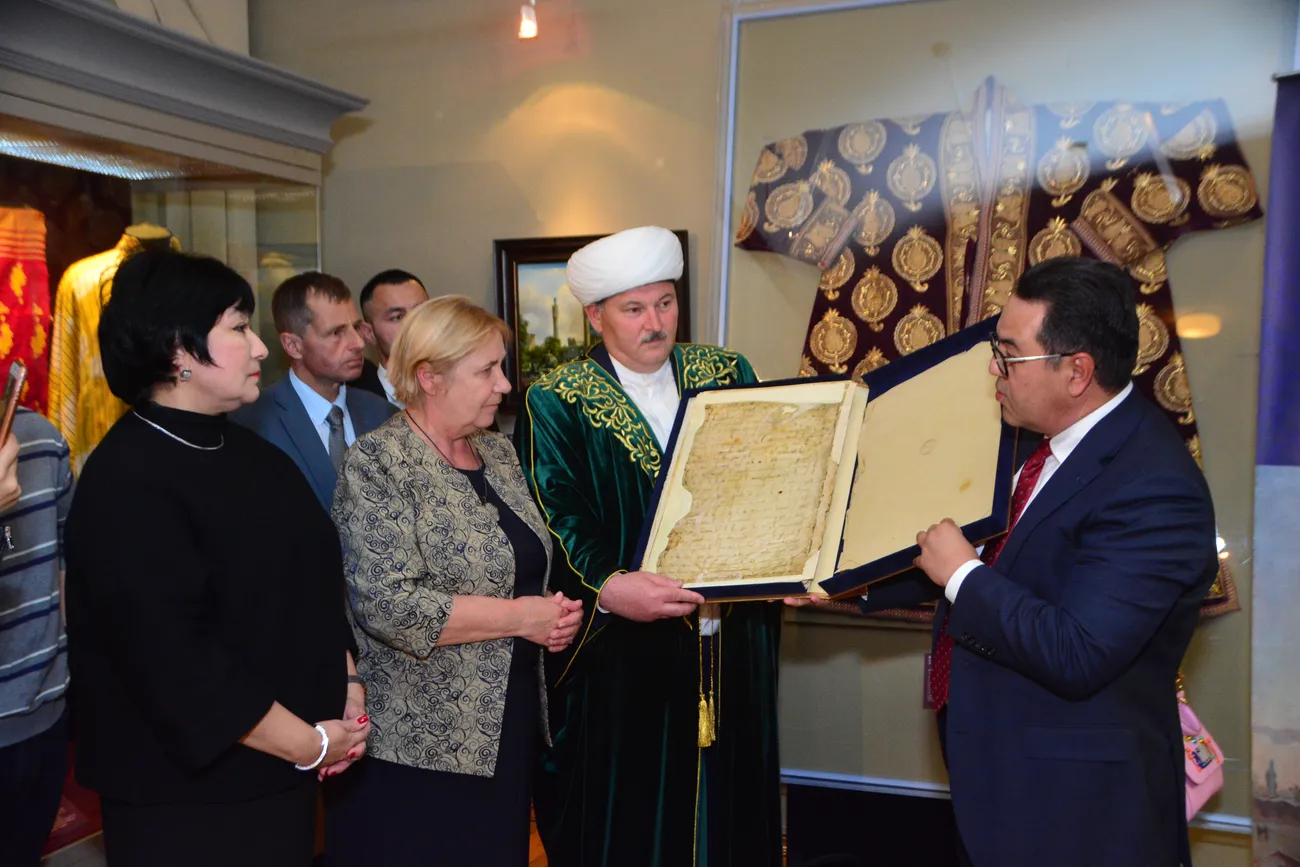
The State Museum of the History of Religion opened the exhibition “Uzbekistan. At the Crossroads of Cultures” within the framework of the large-scale international publishing project the Cultural Legacy of Uzbekistan in the World Collections.
For the first time the museum presents the Uzbek collection of the Museum, it is just over 100 items, many of which are exhibited for the first time.
The Uzbek collection of the museum was formed over a long period of time (from the early 1930s to the late 1980s) and is characterized by a thematic focus: it presents monuments of material and spiritual culture, illustrating the religious beliefs (Zoroastrianism, Buddhism, Judaism, and Islam) of the peoples who inhabited the territory of Uzbekistan from ancient times to the present day. The collection is distinguished by a variety of materials and techniques, includes both objects of archeology and ethnography, as well as works of fine and decorative arts, covers a time period of two thousand years (2nd – 20th centuries).
For the formation of the collection, the collecting and expeditionary activities of the Museum scholars, the purchase of items and their donation, exchanges between museums, and the arrival of collections from the Central Anti-Religious Museum in Moscow closed in 1946 were of great importance.
One of the pearls of the collection presented at the exhibition is a silk robe of the emir of Bukhara Abdul-Ahad Khan of the late 19th - early 20th centuries embroidered with gold embroidery.
It should be noted that as part of the opening ceremony of the exhibition, a ceremony was held to donate to the museum a set of 13 books-albums “Architectural Epigraphy of Uzbekistan” and a facsimile copy of the Katta-Langar Quran.
The gift to the management of the museum was presented by the author of the Cultural Legacy of Uzbekistan in the World Collections project Firdavs Abdukhalikov.
The exhibition will run until July 8, 2018.
